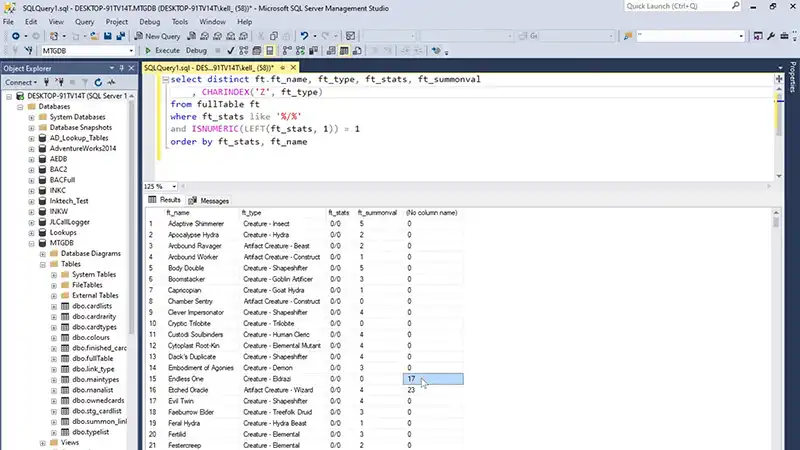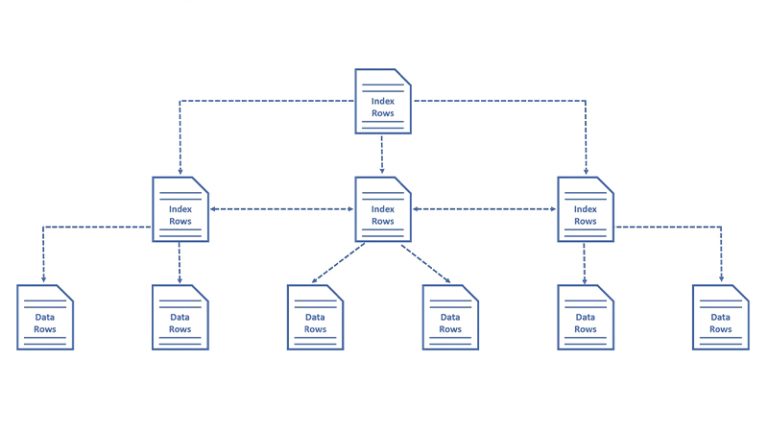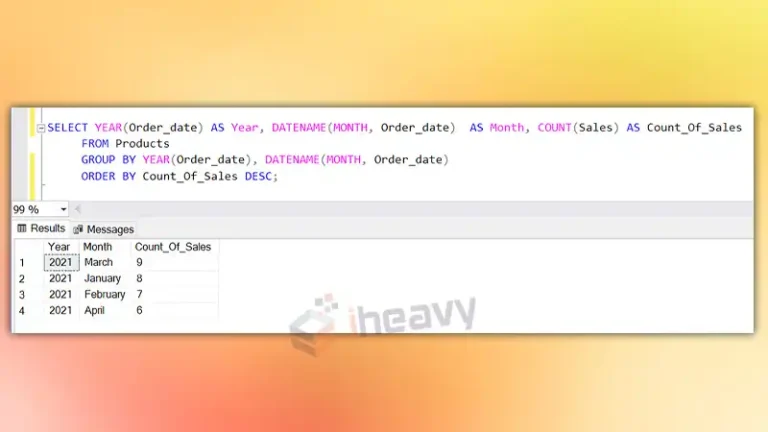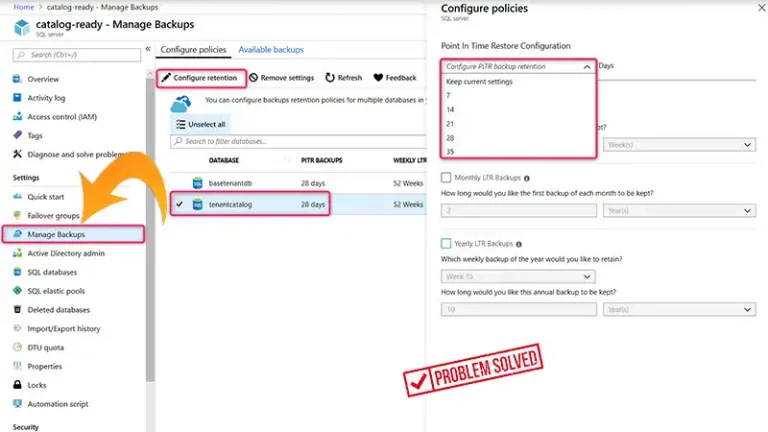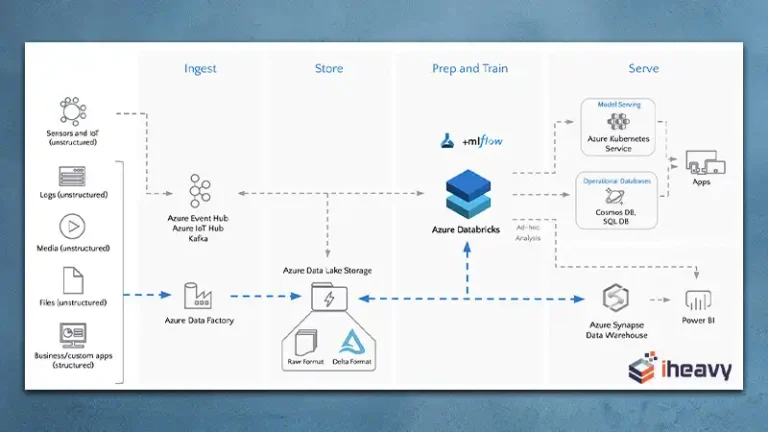A Comparison Guide of CHARINDEX vs LIKE
Using strings effectively is crucial for making accurate and powerful requests to a database. CHARINDEX and LIKE are important tools for this task. They each have special abilities for dealing with parts of text and patterns in strings.
This investigation is meant to help you fully grasp how to use these functions, understand their language rules, consider how they impact performance, and give you real-world examples. This way, you can make your SQL queries work better for you and your database.
CHARINDEX: Unravelling the Character Index Function
At the heart of SQL string manipulation lies CHARINDEX, a powerful function used to locate the position of a substring within a given string. Imagine a scenario where you need to extract information after a specific delimiter or identify the starting point of a particular term. Let’s dive into the intricacies of CHARINDEX.
Figure: Example of CHARINDEX.
In this example, CHARINDEX returns the position of the ‘@’ symbol in the email address, which is at the 10th position.
LIKE: The Power of Pattern Matching
LIKE, an SQL operator, introduces a different dimension to string manipulation by enabling pattern matching. It proves invaluable when precision takes a back seat to broader search criteria. Consider a scenario where you want to retrieve data based on a specific pattern rather than an exact match.
Figure: Example of LIKE.
Here, LIKE retrieves all records where the FirstName starts with ‘J’. It allows for flexibility in querying databases based on patterns rather than exact matches.
Syntax Comparison: CHARINDEX vs LIKE
Understanding the syntax of CHARINDEX and LIKE is crucial for leveraging their full potential in SQL queries. Let’s break down their structures and highlight the differences in usage.
CHARINDEX Syntax
The syntax of CHARINDEX is given below:

Figure: CHARINDEX Syntax.
LIKE Syntax
The syntax of LIKE is given below:

Figure: LIKE Syntax.
The key distinction lies in CHARINDEX requiring the substring and the string to be compared, while LIKE operates on a specified column and pattern within a SELECT statement.
Performance Considerations
Efficiency is paramount in database operations. When dealing with large datasets, the performance of CHARINDEX and LIKE becomes a critical factor. While CHARINDEX excels in pinpointing specific positions, LIKE’s pattern-matching versatility can impact performance, especially with complex patterns.
Use Cases: When to Choose CHARINDEX
CHARINDEX shines in scenarios demanding precise substring identification. For example, extracting domain names from email addresses or locating specific keywords within a text field are instances where CHARINDEX excels.
Use Cases: When to Opt for LIKE
LIKE is ideal when patterns matter more than exact matches. Use it to retrieve data based on flexible criteria, such as finding names starting with a specific letter or identifying product codes with a common prefix.
Combining CHARINDEX and LIKE for Advanced Queries
Harnessing the power of both CHARINDEX and LIKE can elevate your SQL game. Consider a scenario where you need to find emails containing a specific domain (using CHARINDEX) and names starting with ‘A’ (using LIKE) within the same query.

Figure: Combining CHARINDEX and LIKE.
Common Mistakes and Pitfalls
Common errors when using CHARINDEX include neglecting to consider case sensitivity and forgetting to account for the start position. For LIKE, misusing wildcards or neglecting to escape special characters can lead to unintended results.
FAQs
- What is the main difference between CHARINDEX and LIKE?
CHARINDEX finds the position of a substring, while LIKE performs pattern matching.
- Can CHARINDEX be used with wildcard characters?
No, CHARINDEX does not support wildcards.
- How does LIKE handle case sensitivity in pattern matching?
LIKE is case-insensitive by default, but this can be altered based on collation settings.
Conclusion
In summary, CHARINDEX and LIKE are formidable tools, each with its strengths and ideal use cases. When precision and exact positions matter, CHARINDEX is your ally, whereas LIKE comes into play when flexible pattern matching is the priority.
